

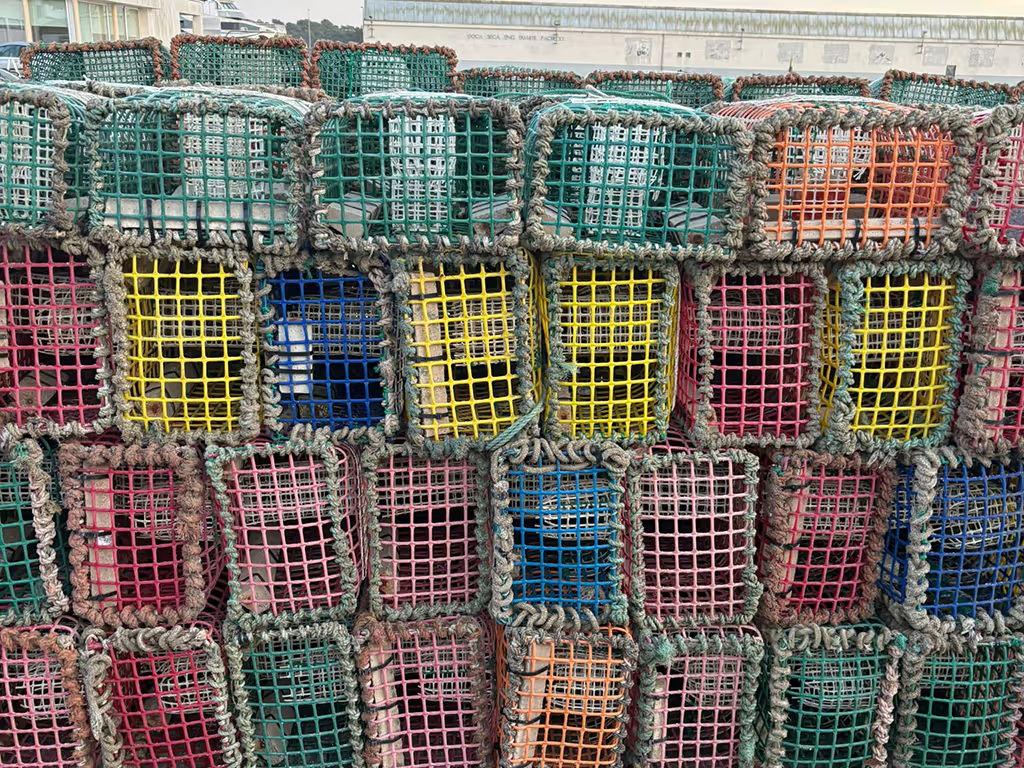
Max Graham , Founder
Viana do Castelo is one of those places that manages to embody everything I love about Portugal: history, sea, food, and wine all woven together in a way that feels timeless. Perched where the River Lima meets the Atlantic, Viana has been a maritime city since the 13th century. During the Age of Discoveries, it was here that caravels were built, carrying explorers across the oceans and bringing back exotic spices from the new world. Walking through its streets, you see that history everywhere, churches in the Manueline style, grand Renaissance houses, tiled façades that glimmer in the light.
The city also sits in the heart of the Minho, Portugal’s greenest and most fertile region. Known as the cradle of vinho verde, it’s a landscape of river valleys, rugged coastline, and a culture deeply tied to both land and sea. This duality defines not just the scenery but also the food.

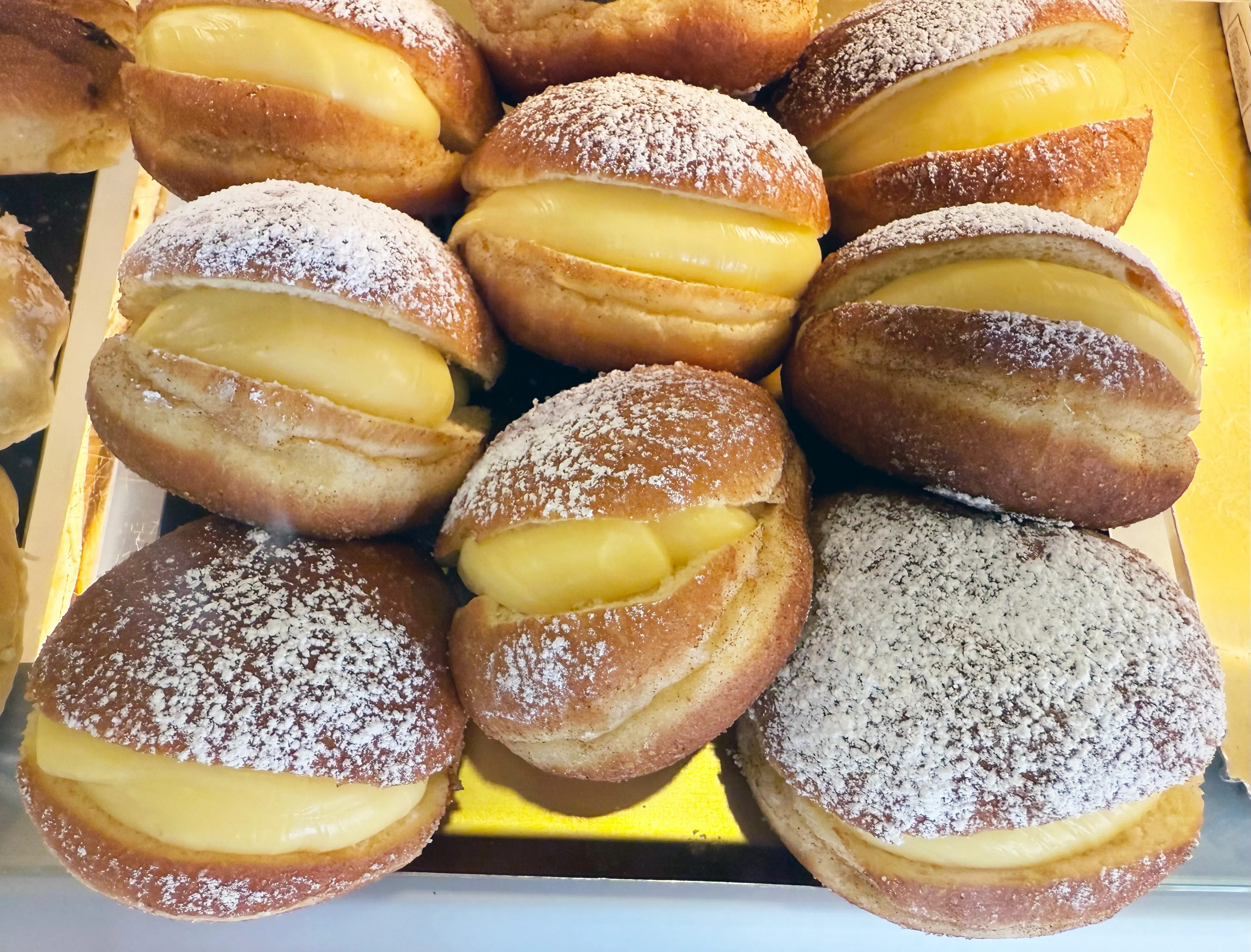

The Minho has a strong culinary heritage, one that balances rustic inland dishes with the daily bounty of the Atlantic. But my day in Viana began, as it often does in Portugal, with pastries. Café Ameadella is one of the finest pastelarias I’ve visited in the north, a place where the classics are executed perfectly; pillowy Bolas de Berlim filled with custard and coconut-topped Pão de Deus.
What caught my attention, though, was something I hadn’t seen in quite the same way before: the Rosca de Coco, or Rosca Tirana as it’s called in Viana. Essentially a grander, ring-shaped cousin of Pão de Deus, it’s fragrant with coconut, dusted with sugar, and completely irresistible. Moments like this remind me how much regional variation exists within Portuguese traditions, even something as seemingly simple as sweet bread.
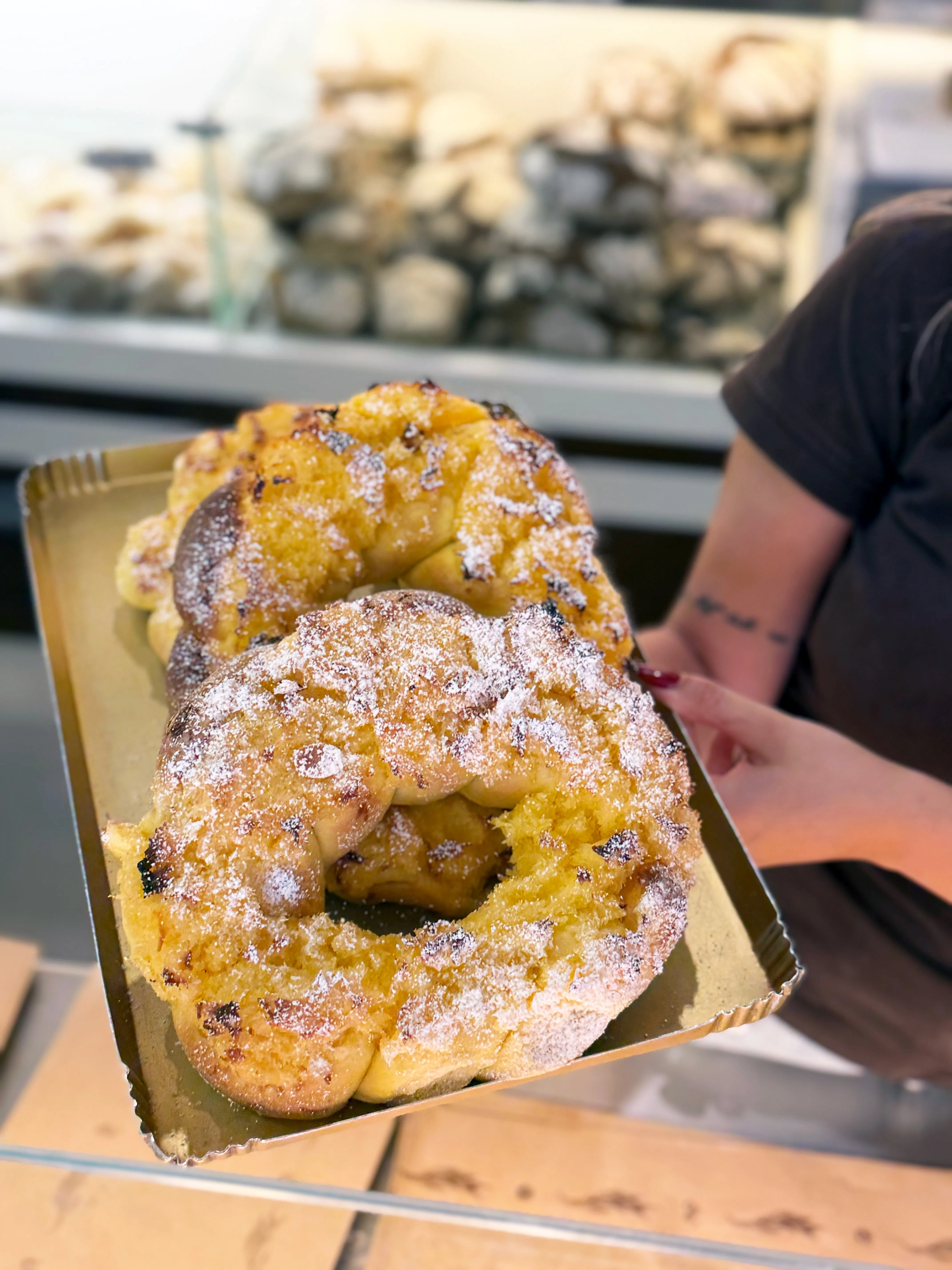

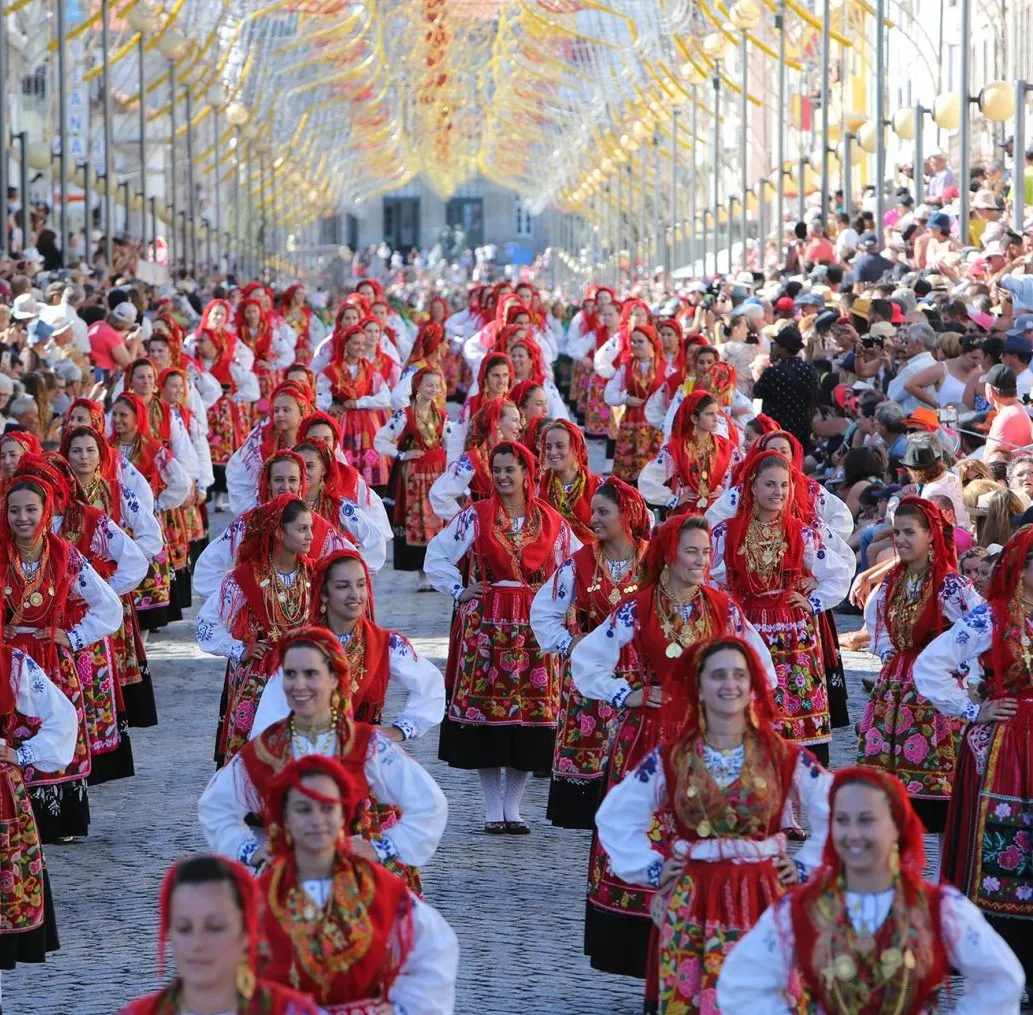
After breakfast, we wandered through Viana’s old town. The cobbled streets wind between tiled houses with wrought-iron balconies, and every corner seems to open onto another small square. At the centre is Praça da República, with its 16th-century fountain, Renaissance Misericórdia building, and the old Town Hall. The churches, azulejo façades and grand merchants’ houses all tell stories of a city built on shipbuilding and seafaring trade.
Viana is also famous for the Romaria da Senhora da Agonia, Portugal’s biggest religious festival, held every August. The city fills with processions, traditional Minho costumes in vibrant colours, and spectacular displays of gold filigree jewellery, for which Viana is renowned.
The streets come alive with music, dancing, and fireworks over the river. Even outside festival season, you sense that energy in the city’s traditions, passed down through generations.



By mid day we headed towards the sea and stopped for lunch at Feel Viana, a newish adventure hotel set among the pine trees near the coast. The menu blends modern presentation with Portuguese classics, and we couldn’t resist ordering a Prego em Pão, the humble steak sandwich elevated with perfectly grilled beef, nestled in soft bread, and best enjoyed with a cold Super Bock beer after a morning of exploring.
Afterwards, we walked straight to the beach, rented surfboards and let the Atlantic remind us of its power and beauty. The beaches around Viana are wild and invigorating, the kind of places that make you feel alive, vast stretches of sand framed by dunes and the rolling ocean.
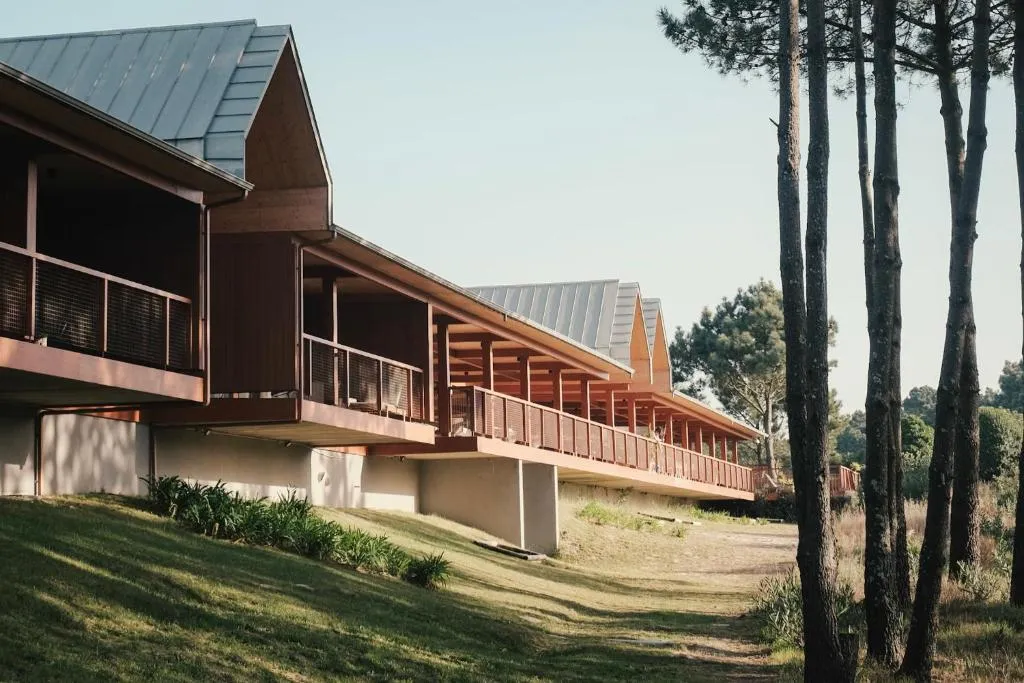
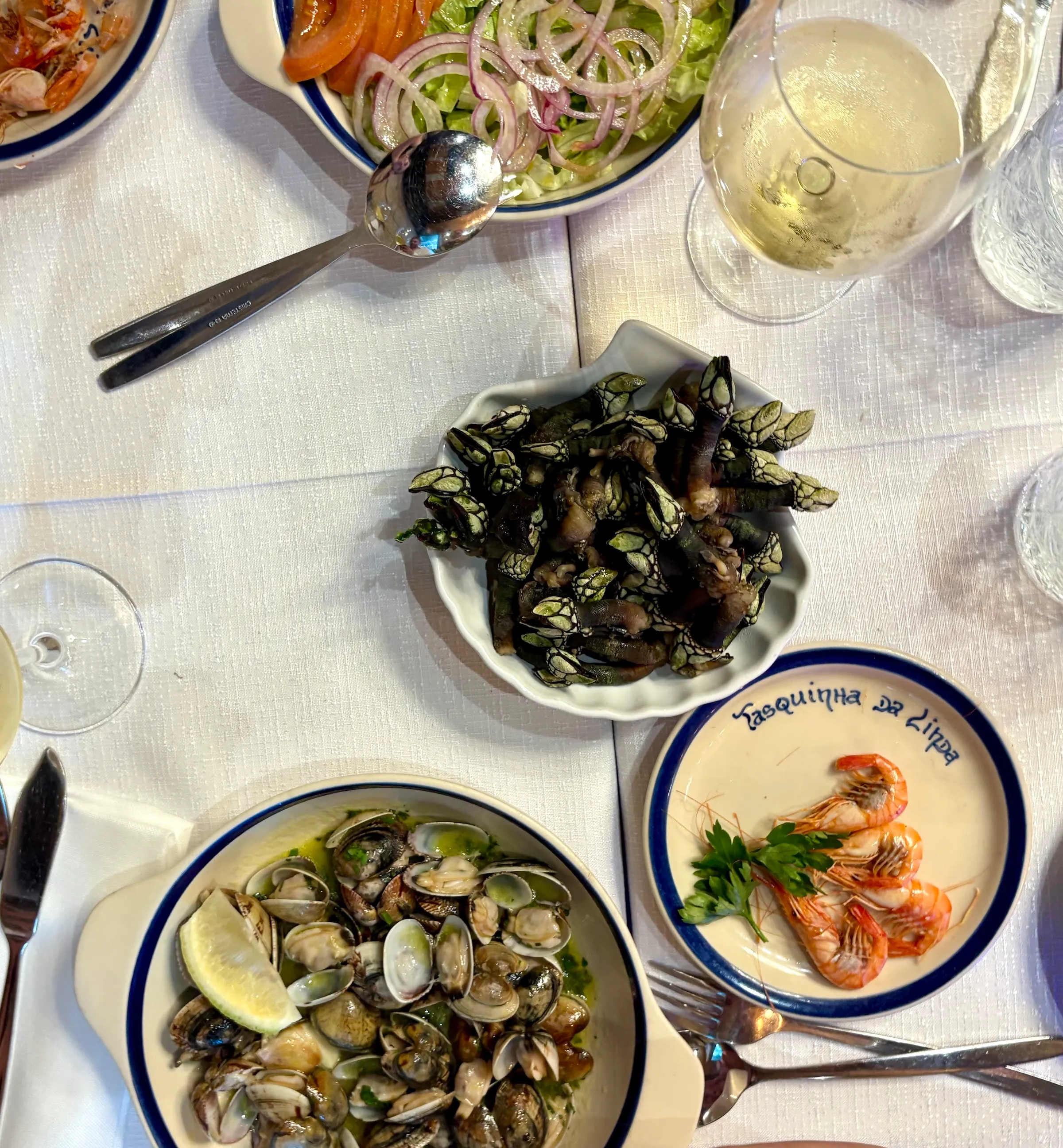
Dinner was the highlight of the day. Tasquinha da Linda is a classic marisqueira, set right on the docks of Viana, and recognised with a Michelin Bib Gourmand. The location is wonderfully authentic: working fishermen’s houses, colourful nets piled high, the smell of the sea in the air.
We began with a spread of local delicacies. Camarões da Costa, sweet and succulent shrimp from the Portuguese coastline. Amêijoas à Bulhão Pato, perfectly judged with vinho verde, garlic and coriander, fresh, clean, never oily. Then Percebes (goose barnacles), served warm rather than the more usual cold preparation. Different, but absolutely delicious, with that unmistakable taste of the sea.
The centrepiece was an indulgent Arroz de Lavagante (blue coastal lobster rice). Silky, rich, and deeply flavoured, it’s one of those dishes that perfectly captures why marisqueiras are so beloved in Portugal.
No meal in the Minho is complete without vinho verde. We drank wines from Constantino Ramos, one of the region’s most exciting winemakers. His Juca Loureiro comes from the Lima Valley, the same river that runs through Viana, and showed aromatic lift with citrus and floral notes balanced by a saline edge. Afluente Alvarinho from Monção was precise and mineral, with layers of citrus and spice. Juca Tinto, from very old vineyards in Vale do Mouro, added rustic depth and freshness. Together they captured the character of the region and paired beautifully with the seafood.
Viana do Castelo is a city that invites exploration. In a single day, you can encounter centuries of history, feel the force of the Atlantic, and savour some of the most soulful food and wine in Portugal. To me, it embodies everything we strive to celebrate at Bar Douro, heritage, authenticity, and the joy of sharing Portugal’s culinary and vinous treasures.
Whether it’s a coconut-dusted Rosca in the morning, a Prego em Pão at lunch, a stroll through cobbled streets alive with tradition, surf in the afternoon, or lobster rice by the docks, Viana captures the essence of the Minho in every moment.
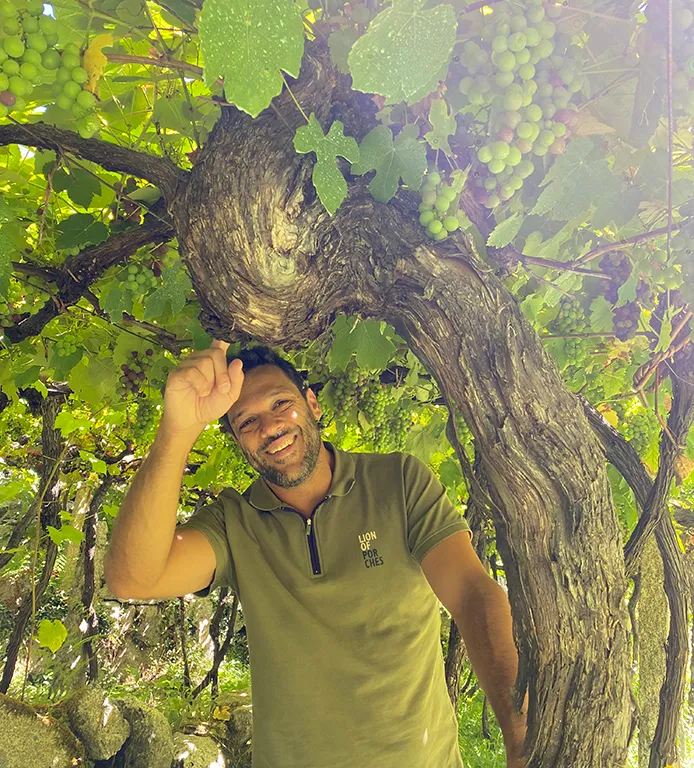
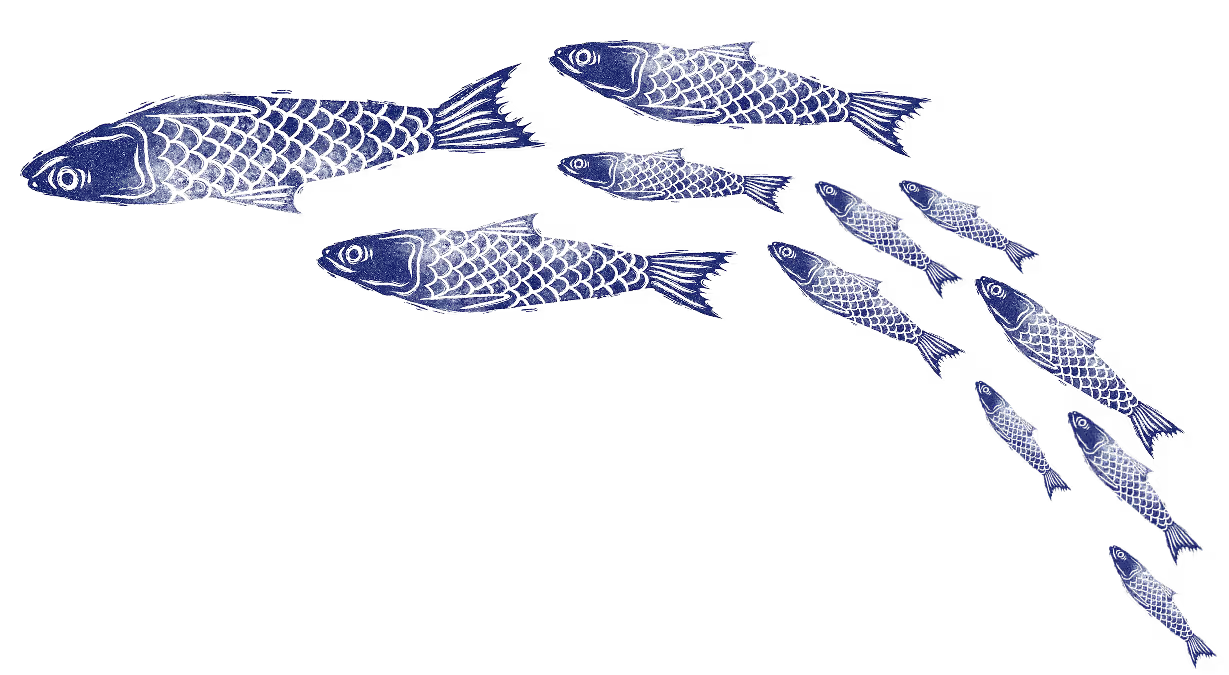
Stay up to date with the Bar Douro's Newsletter for monthly news, events and perks.